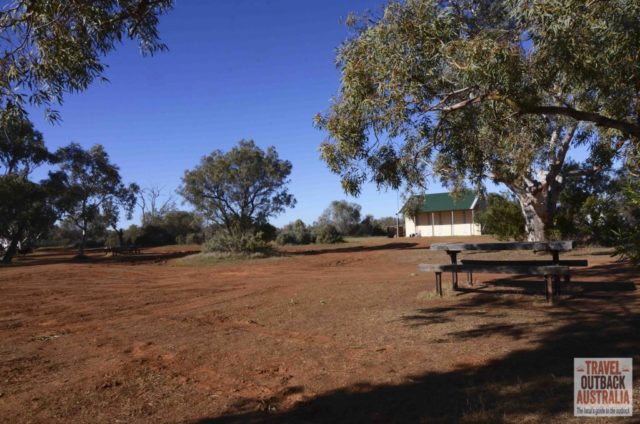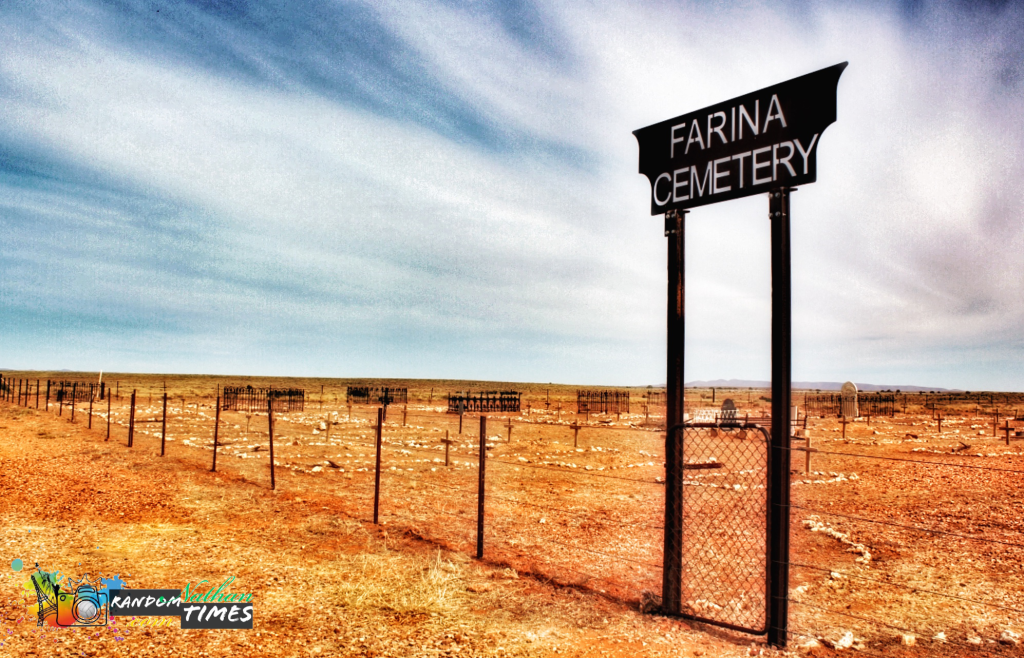In the desert of southern Australia, there is a ghost town covered in sand. Yet there are still visible traces of the former farming community including the cemetery.
Initially, the town was built for the production of wheat and barley. The name “Farina” is translated from the word for “flour” in Latin. People hoped that wheat cultivation would be a profitable industry for the town.
The story began in 1878 when the city began to fill up with farmers who hoped that the vast empty space would be perfect for agriculture.
However, despite heavy rains during that period, the land proved to be unsuitable for growing either wheat or barley. The harsh climate and state of the soil did not allow the city to grow the crops as the farmers had initially hoped.
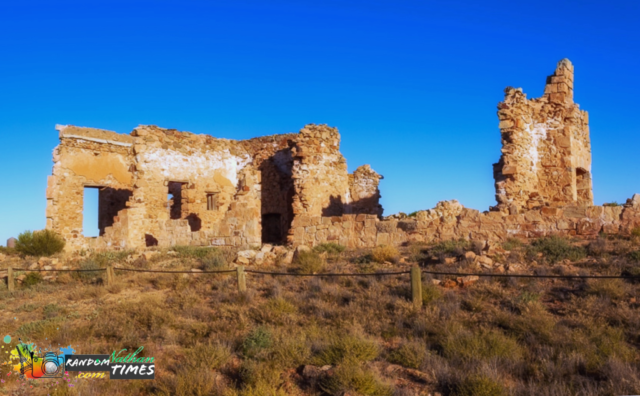
Until 1884, the town was a railhead; after that date, the railway was extended. Later, the road was also enlarged, and copper and silver mines were dug. This led more people coming to the town, including Chinese, Germans, and other Europeans.
In the 1890s, the population of the town reached 600 people. During this period, two hotels, a bank, a shop, a school, a church, and a brothel were built.
The expansion of the railway line and two world wars were two of the reasons why residents began to leave the farming community.
For several years, as the population declined, various institutions began to close. In 1957, the school closed, and the post office closed its doors three years later. In 1967, the store was closed.
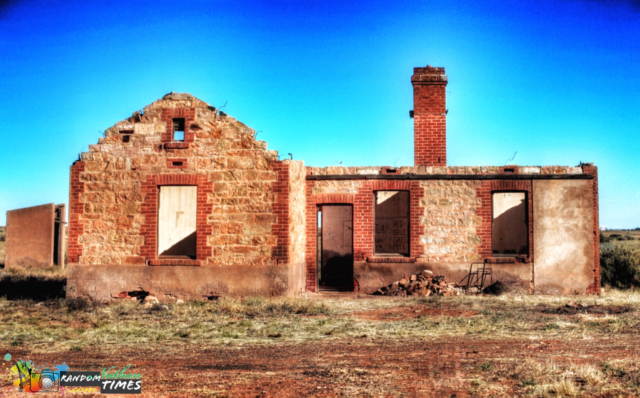
Permanent residents left the town in the early 1980s. The railway line was closed in 1980 as the railway was realigned west. By the beginning of the 2000s, a “ruin” sign appeared on the maps in place of Farina. During the 2006 census, there were only 55 people in the town.
In 2008, the owners of the nearby Farina Station, Kevin and Anne Dawes, and tour guide Tom Harding formed the Farina Recovery Team. In May 2009, a 14-day city restoration program was created in which 30 people took part.
Ten years have passed since the inception of the Farina Recovery Team, and now every year about 150 people take part in the restoration of Farina.
Volunteers try and make every effort to save the city and its heritage. All the revenue that comes from tourist tours of the site supports this effort.
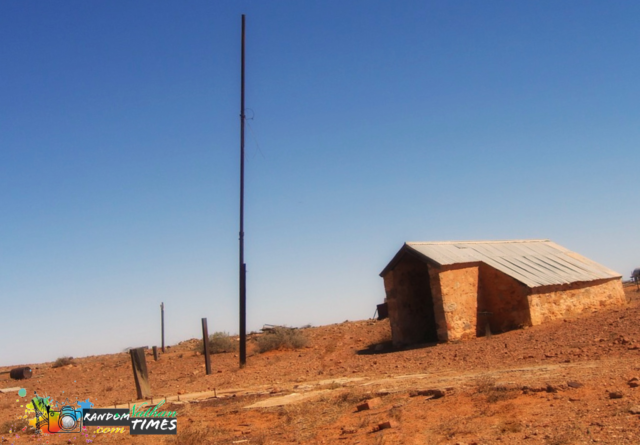
There is a camp in the city. The Anzac Memorial, which is located behind the camp, was built on a rocky hill. It is dedicated to the memory of those who died in the Armed Forces while serving in Australia.
The city cemetery can be found on the marked path. It reflects the diversity of the local population as it contains burial places of Chinese and Aboriginal people. There is also an Afghan section to it, where the headstones have a mixture of English and Arabic inscriptions. However, most of the graves were left without identification marks. Big thank you to Stephanie and checkout the website for even more cool articles random-times.com
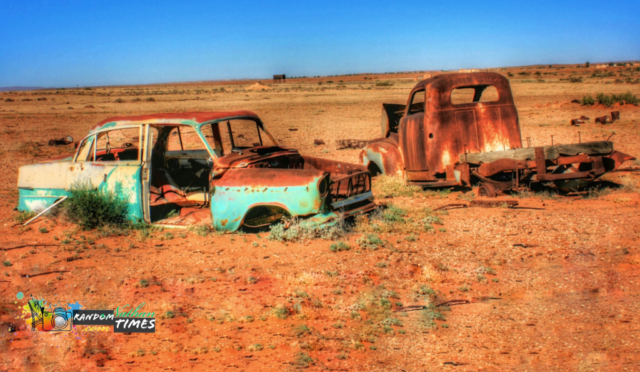
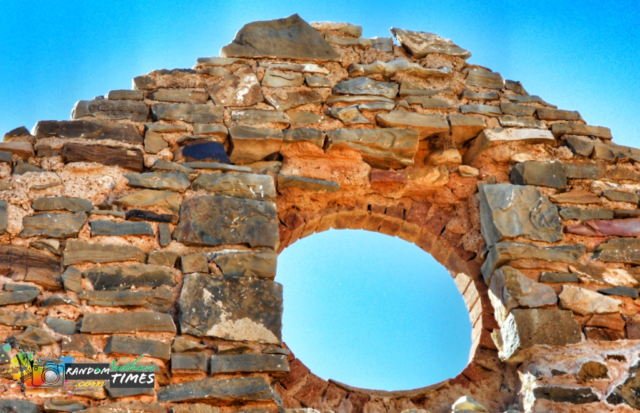
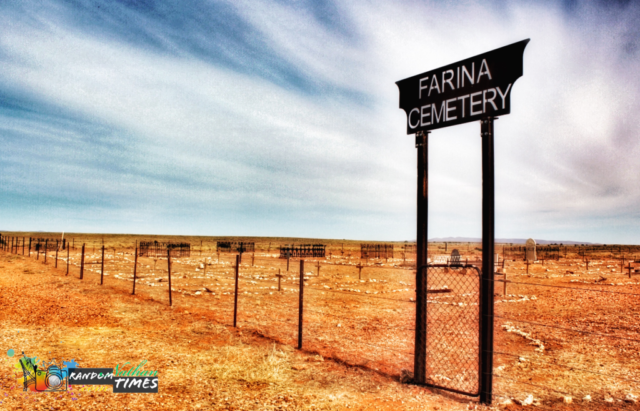
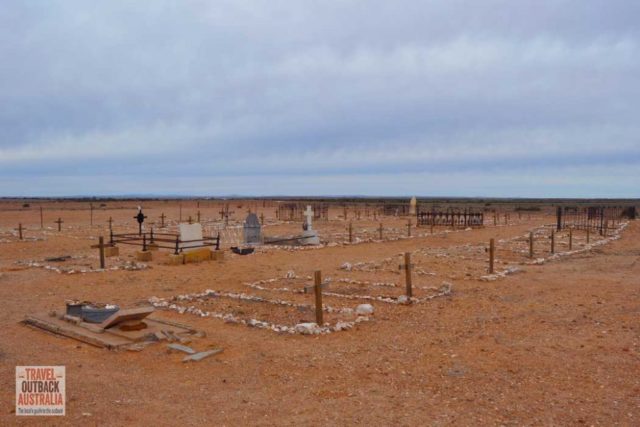
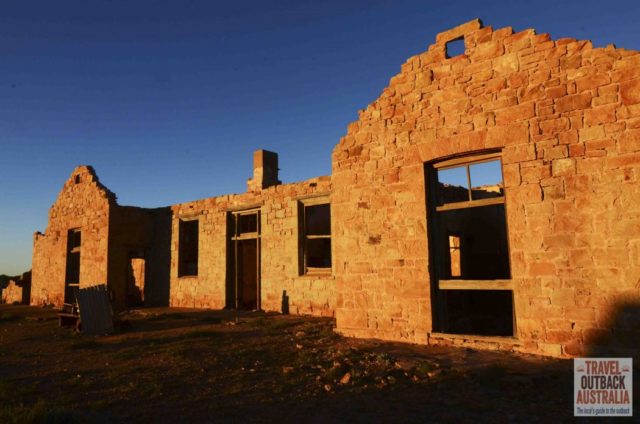
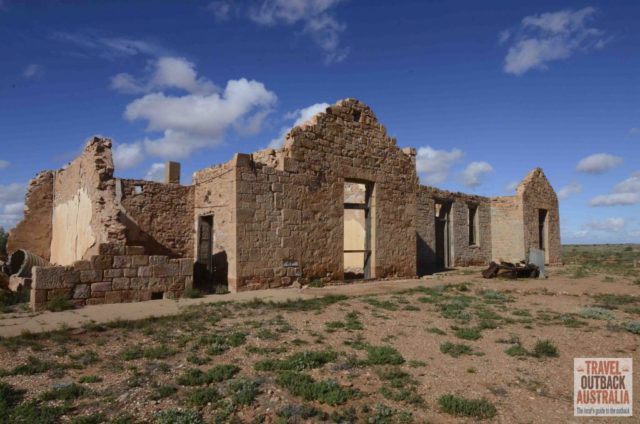
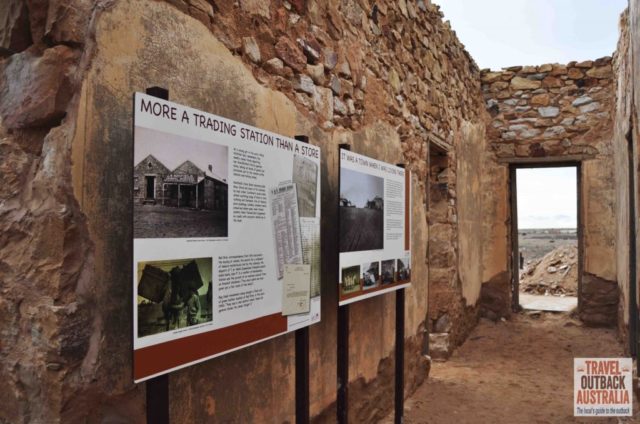
Another Article From Us: Abandoned Sanatorium de la Foret, France
